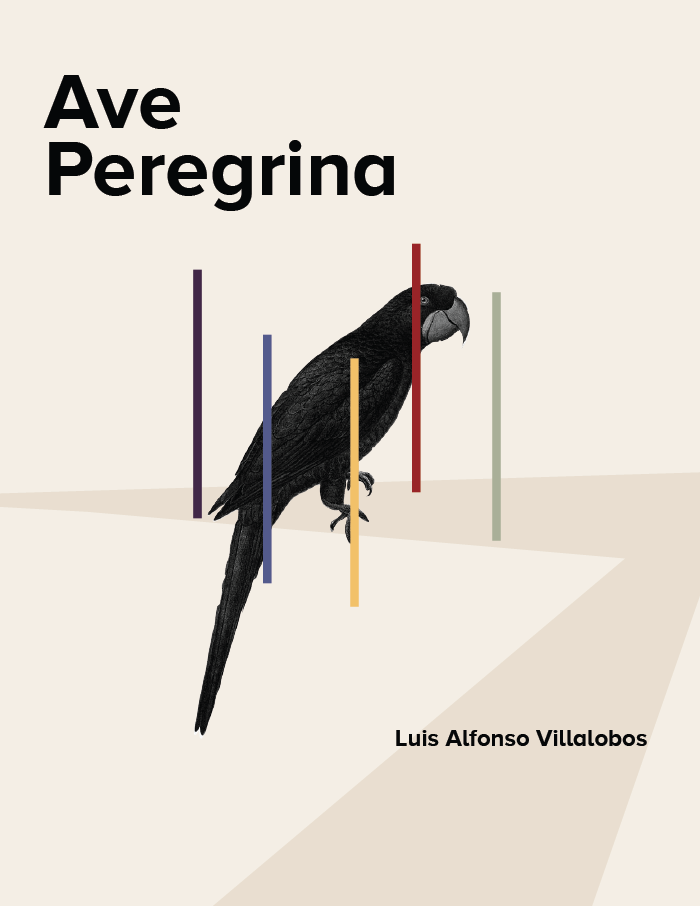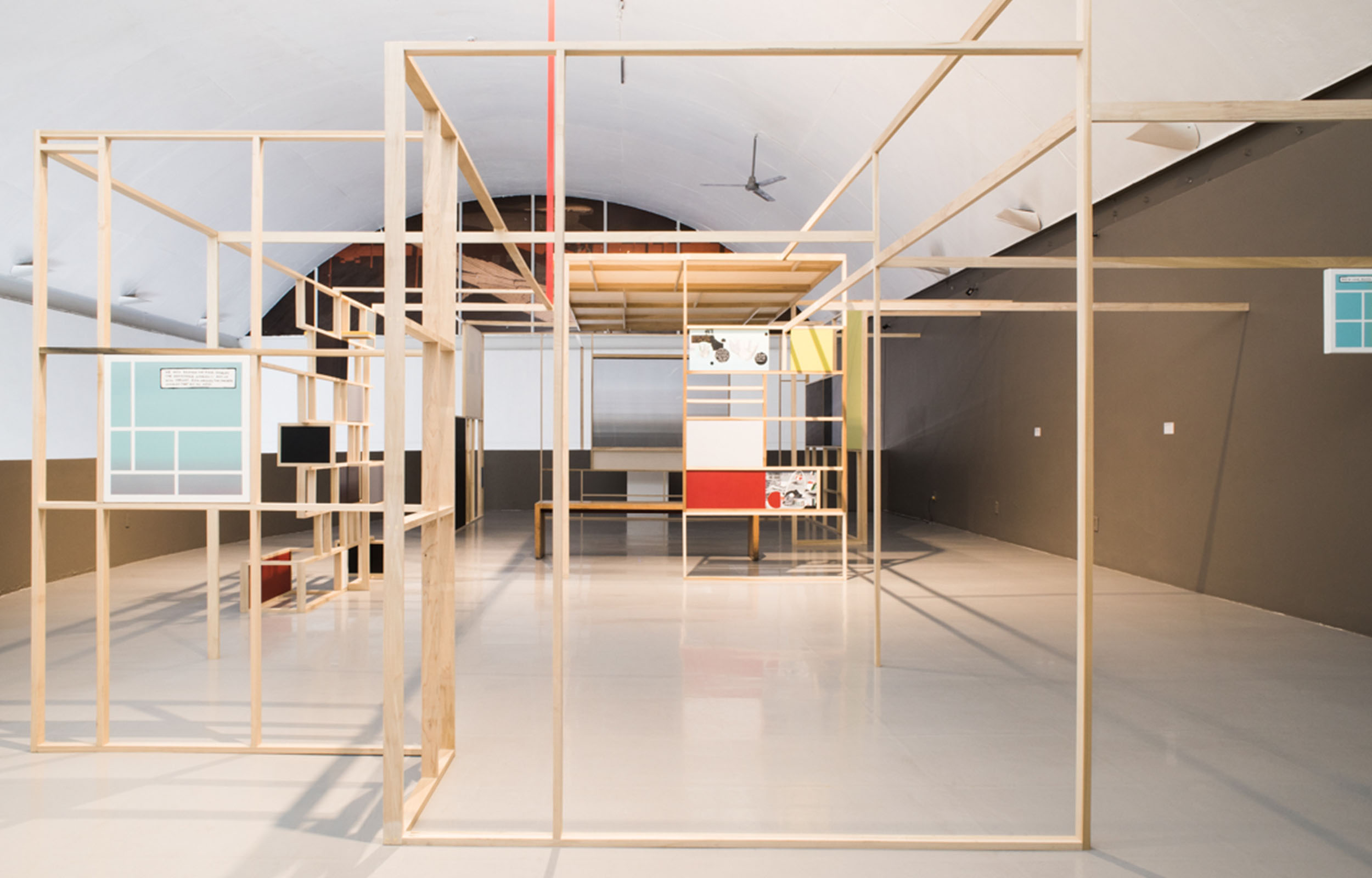
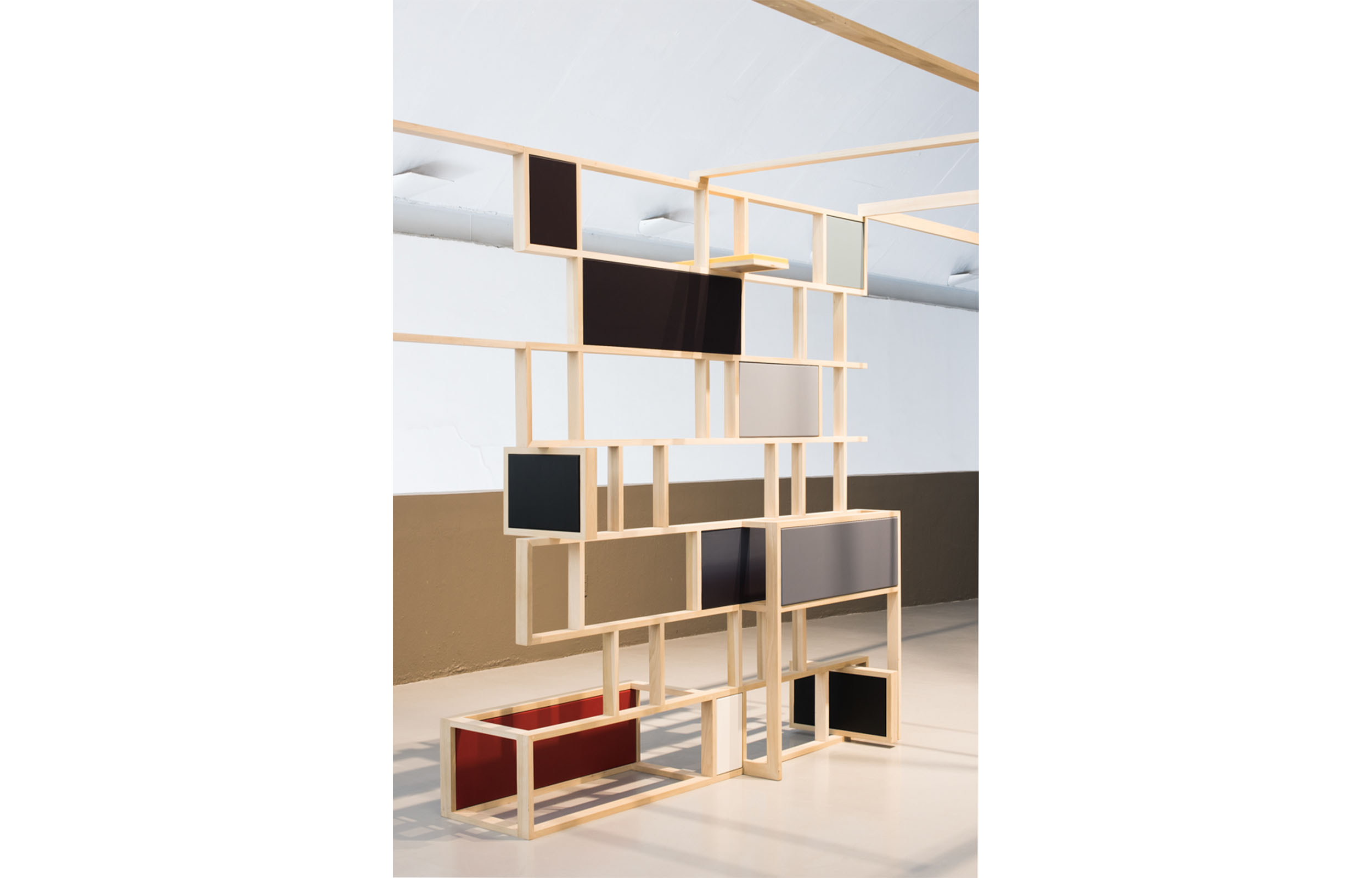
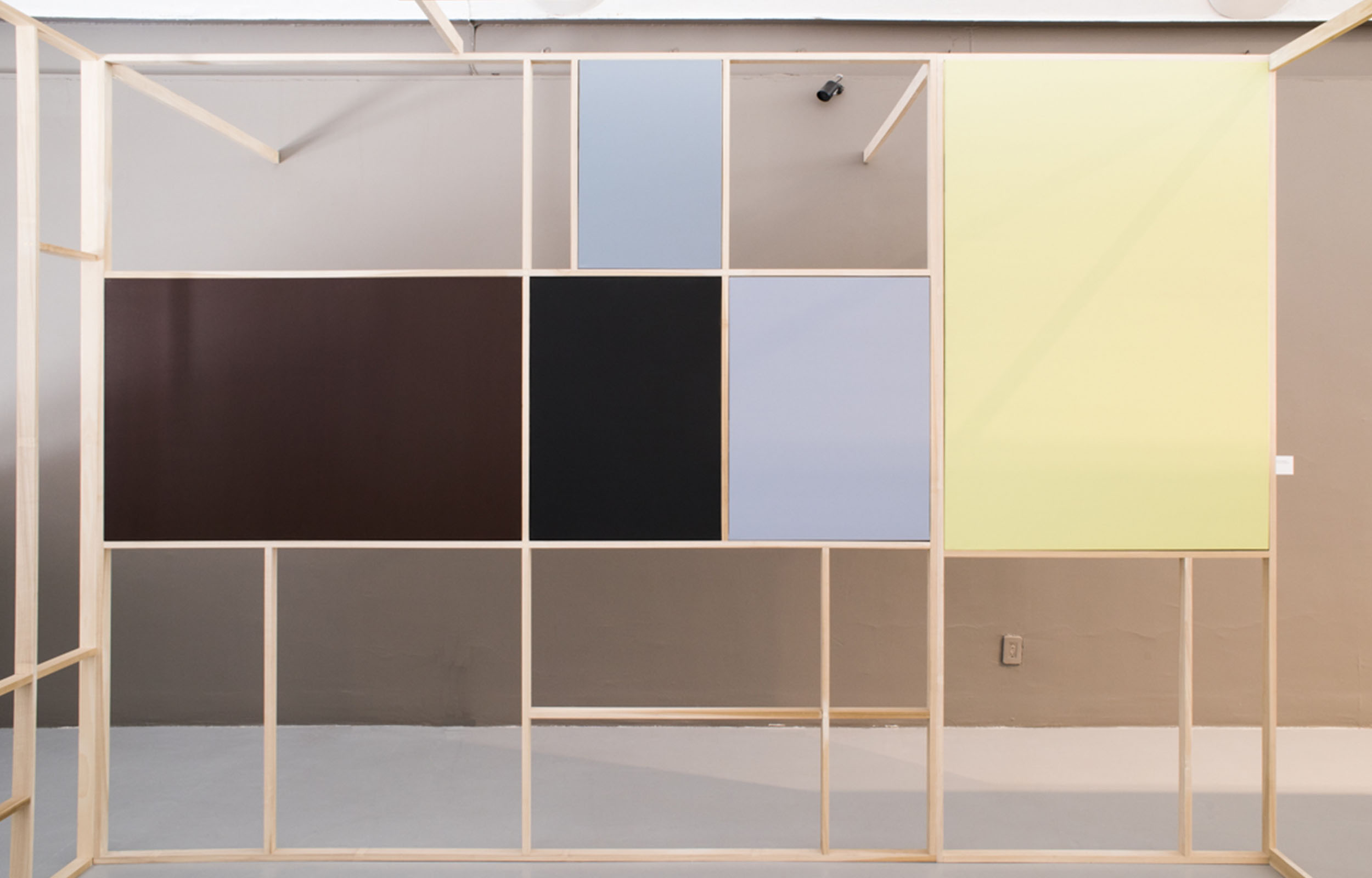
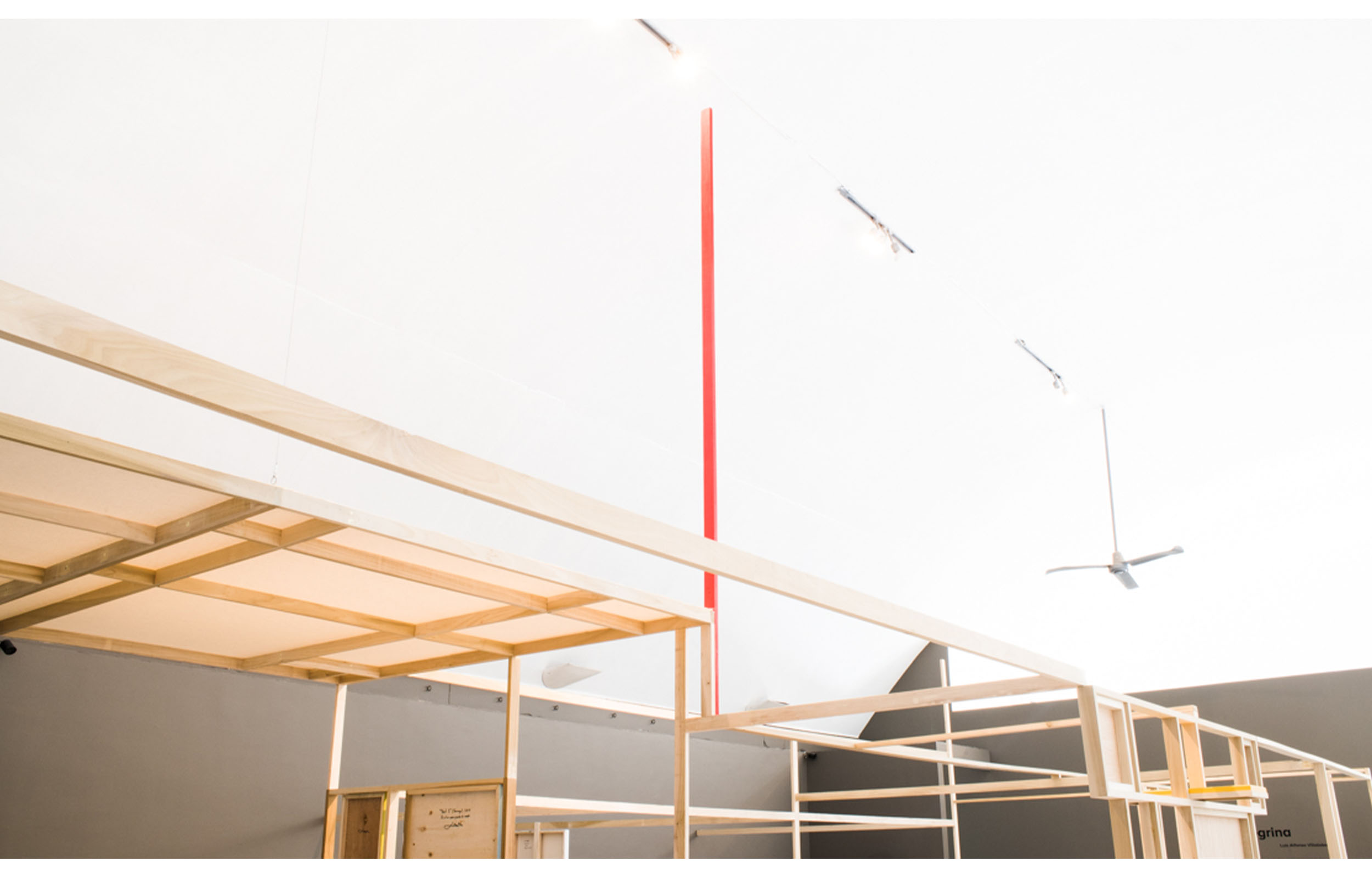
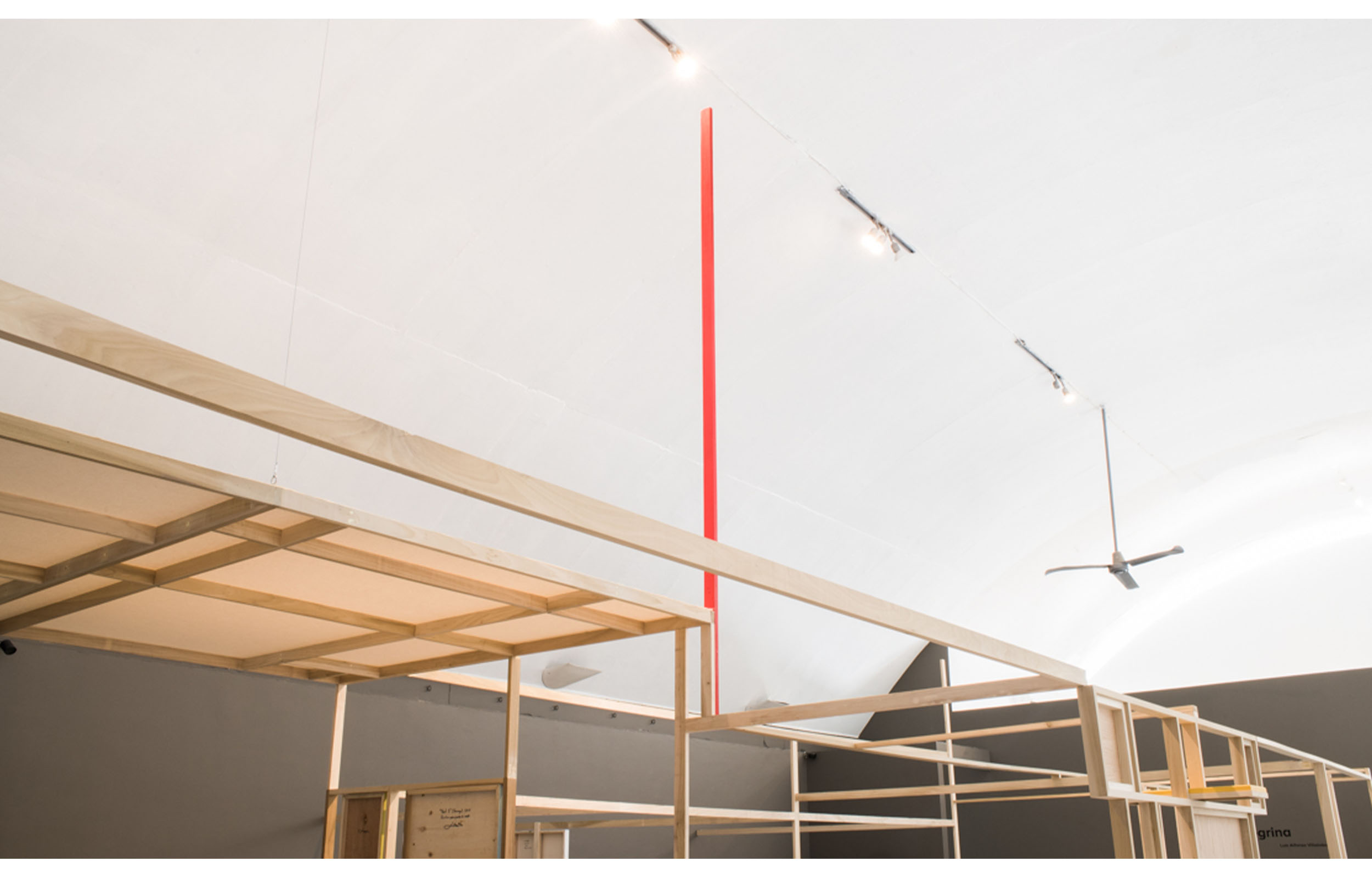
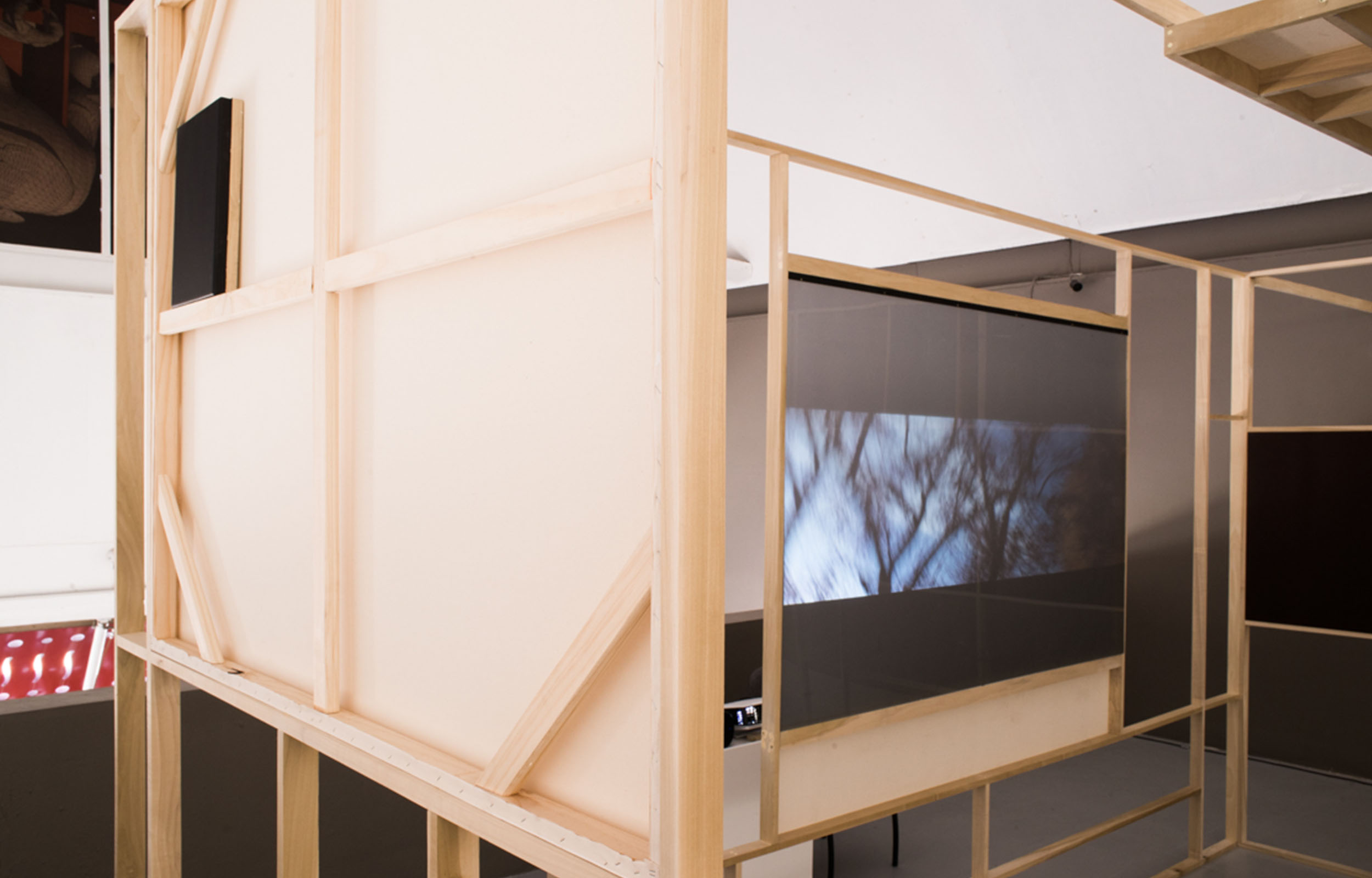
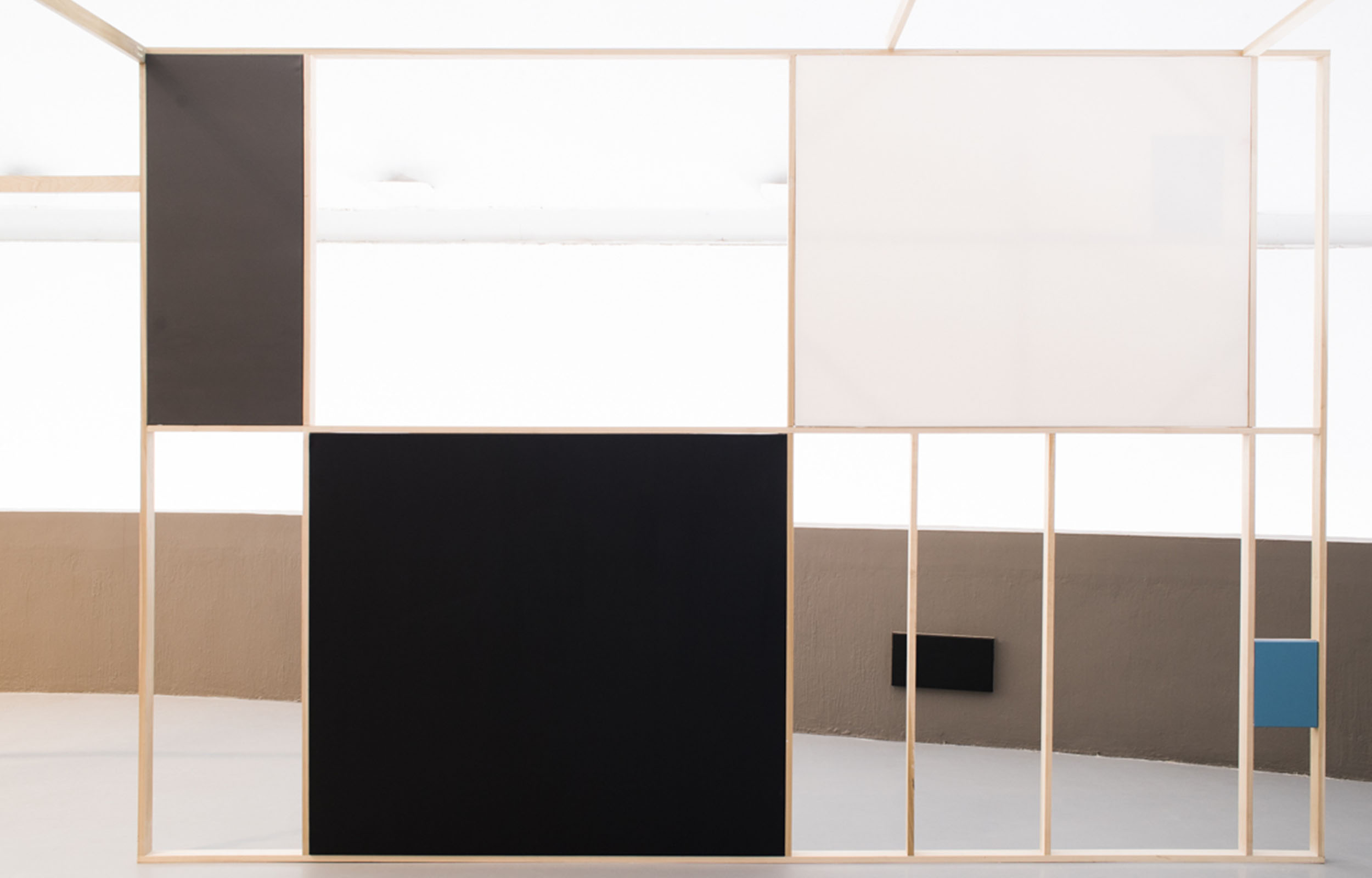
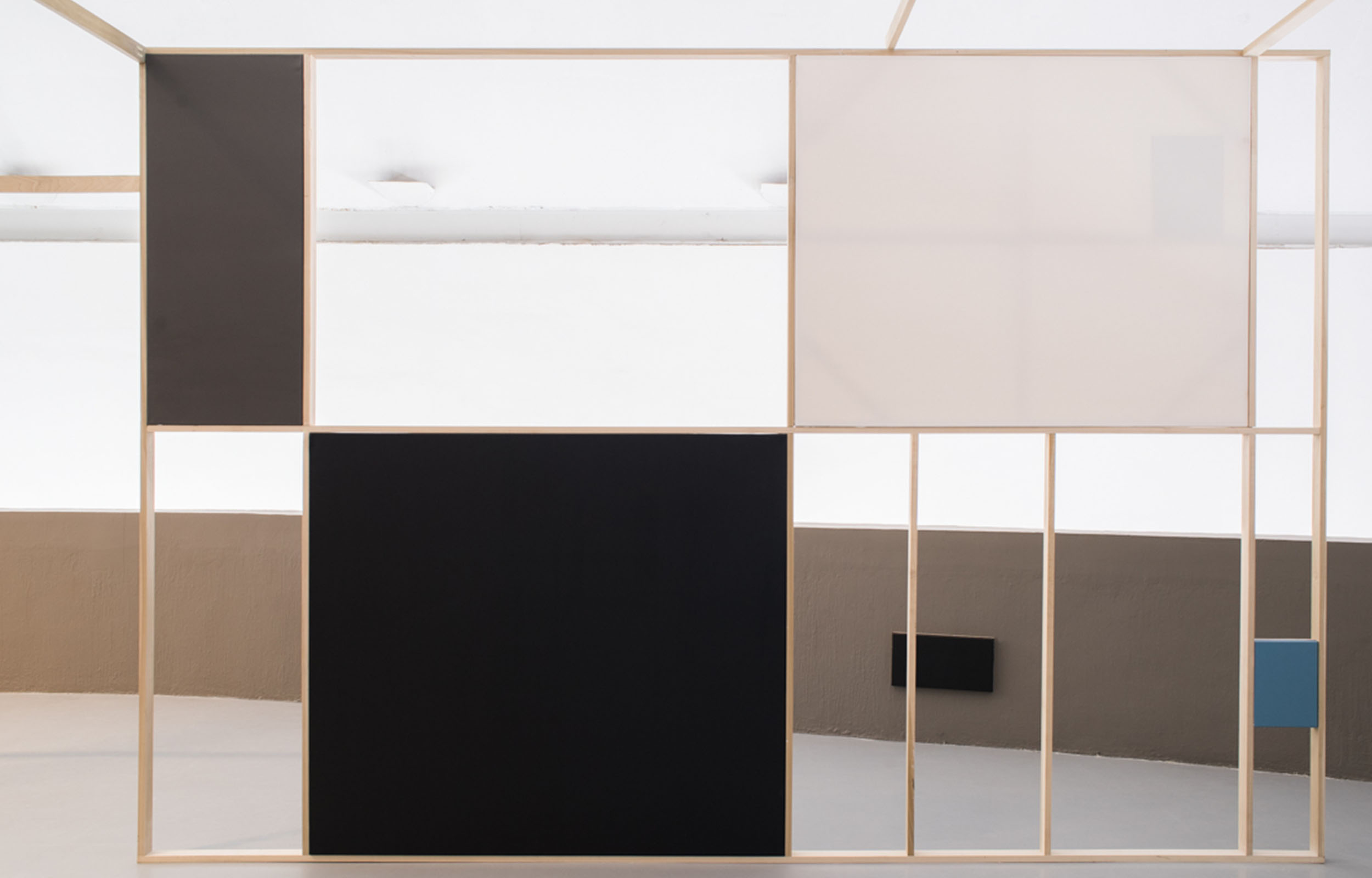
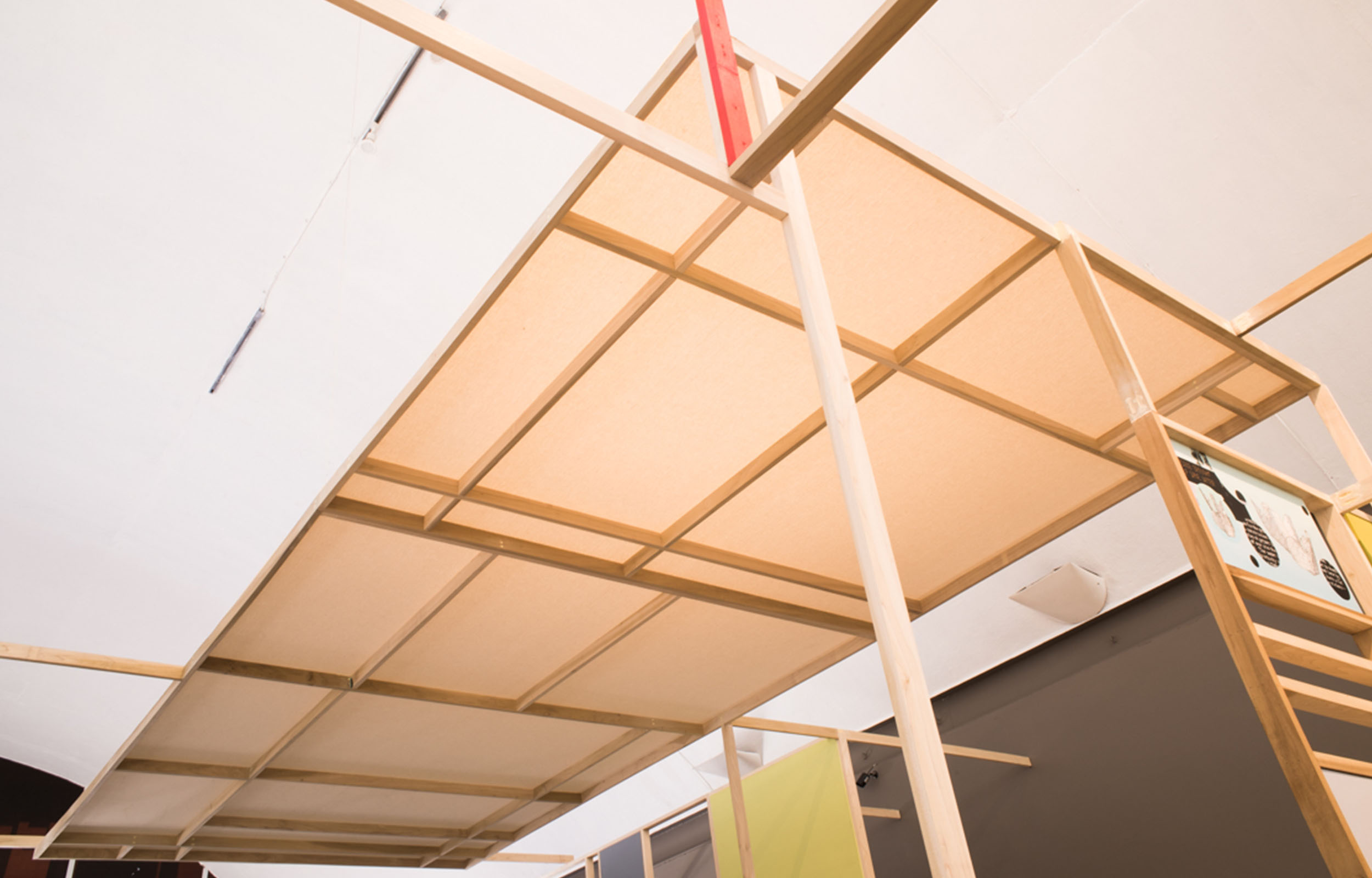
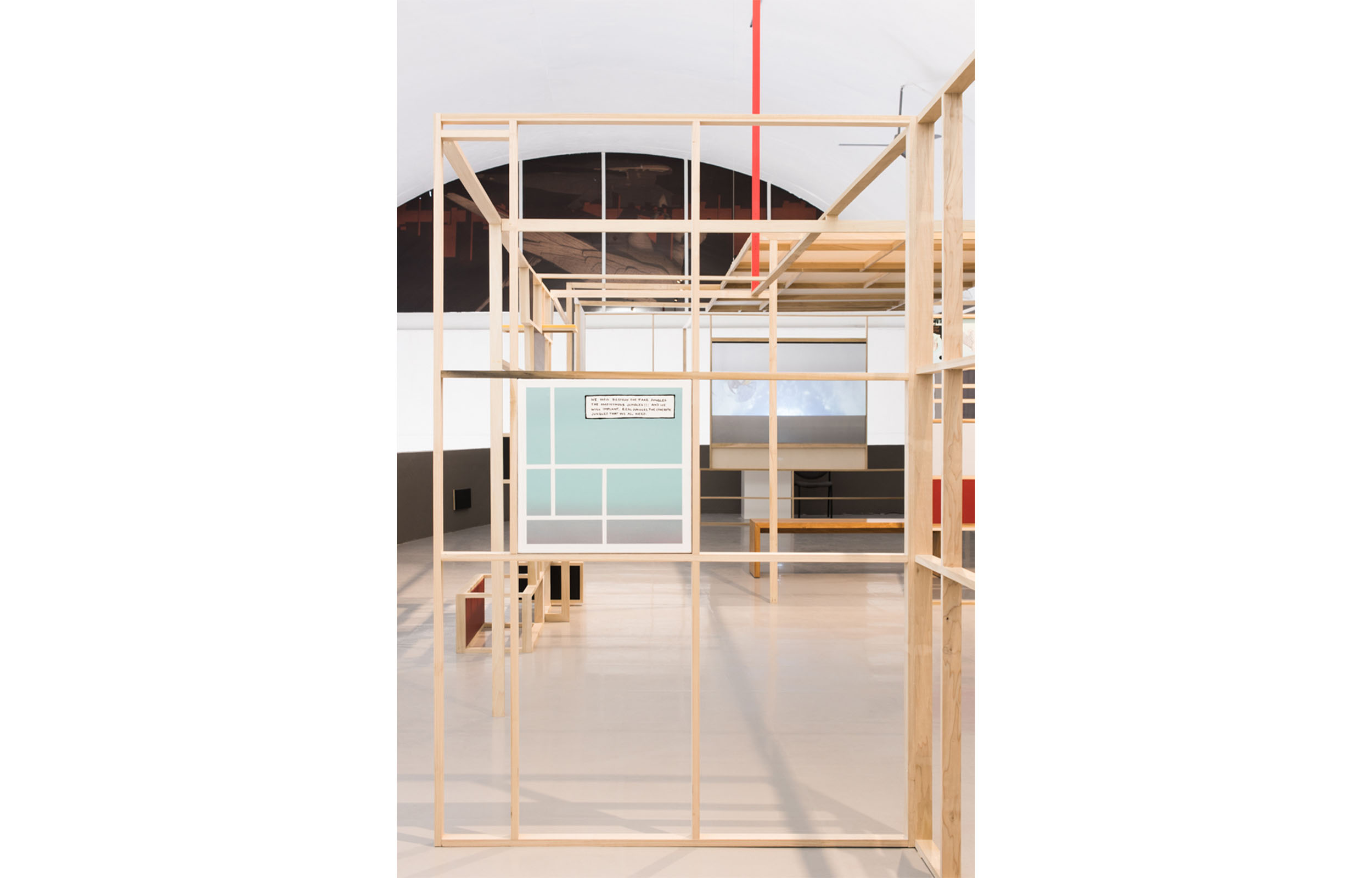
Ave peregrina | Luis Alfonso Villalobos
Del 25 de marzo al 29 de julio de 2018
En colaboración con el Scottsdale Museum of Contemporary Art, SMoCA, en Arizona y el MAZ, y junto con Rowan Burkam, Luis Alfonso Villalobos presenta el video Ave peregrina como parte esencial de una instalación in situ. Su trabajo hace referencia a la arquitectura moderna, especialmente a Taliesin West del arquitecto Frank Lloyd Wright. En sus composiciones utiliza el diseño, la geometría y la pintura, como elementos que se someten a la naturaleza al ser ésta asimilada como origen y fin ulterior. Los ritmos son marcados por rutas y migraciones milenarias que trascienden la voluntad humana, aunque ésta se empeñe en extinguirlas.
Por primera vez la fachada del MAZ es intervenida. La instalación baja al vestíbulo y continúa hacia el espacio exterior logrando modificar la arquitectura del museo de manera frontal. En un mural impreso que abarca el frente de la bóveda que da al andador, Villalobos combina un diseño de elaboración precisa inspirado en mobiliario de Lloyd Wright, con dos guacamayas blancas cuyo trazo ha sido alcanzado de manera milimétrica a través de matemáticas improbables. El artista utiliza la tecnología como herramienta creativa, pero también parece reiterar el enfrentamiento de ésta con la naturaleza y denunciar el ímpetu destructor que domina la obsesión humana.
